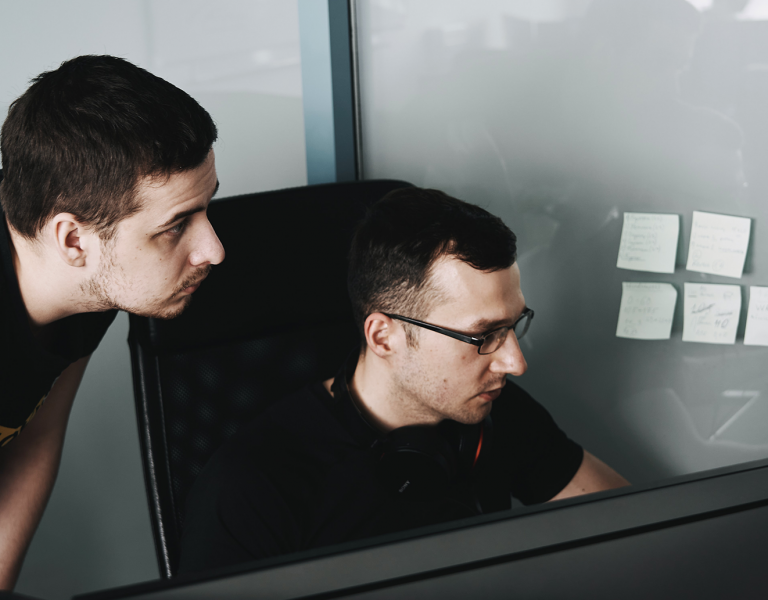
News Opus Suite v2022.1
A new release of Opus Suite RDM is ready for download. Here are the main new topics and benefits that come with the latest version.
In addition to the new features described below, the performance of the simulation in SIMLOX has improved further and is considerably faster than the previous release. This is the result of our continuous efforts to shorten runtimes and improve user experience.
Maintenance without replacements
With the 2022.1 release of the Opus Suite comes the possibility to associate failures or PM to any level of the product breakdown. This means that you can now connect events directly to a subsystem or a breakdown element even if it is not realized by an item. A typical example is a test procedure on a subsystem. Such an event will affect the system readiness and may require maintenance resources and/or facilities, but it does not require any subitem replacement.
Usage per subsystem or component
It is now possible to separately model utilization for specific breakdown elements. This feature makes it easy to handle situations where components or subsystems are operated differently depending on what system it is installed in or where in a system the component is installed. The enhancement is another step in our ambition to support models of composite systems, as it means that Opus Suite now allows detailed descriptions of the operations for each subsystem. The functionality builds on the ability to set a usage rate per component, which is used to scale the occurrences for all events on the specified subsystem or component. In the simulation tool SIMLOX it is also possible to detail the usage per operational mode without the need of combining this with a functional breakdown (FBD). This makes the functionality more flexible and applicable in additional modeling scenarios.
Resupply during mission for onboard stations
In this version of SIMLOX it is possible to model scenarios where onboard stations can be resupplied while the system is still on mission. As an example, this functionality makes it possible to model scenarios where systems are not fully shut down when they reside at their home base. In other words, even if the system is not “out” operating, some of its subsystem might still be powered on and possibly generate failures.
Time dependent input data
In previous versions of SIMLOX it has been possible to define points in times when the failure rates for specific components change. This feature has now been extended, and generalized, to include multiple additional modeling parameters. Parameters like task durations, lead times, reorder sizes and time until functional loss can now be altered during the simulation scenario. With this feature it is easy to reflect situations where, for example, the maintenance organization is expected to be modified at a certain point in time.
Parallel replacement tasks
With the release of version 2022.1 it is possible to select whether replacements of multiple items due to a single maintenance event are performed in parallel (simultaneously) or in series (sequentially) within OPUS10. The choice is made simply by setting an input control parameter to Yes or No. This option is added to reflect reality in a better way and further aligns the model assumptions in OPUS10 and SIMLOX.
Learn more
To learn more about the new features described above, it is recommended to look at the corresponding modeling examples. These are tutorials that are included in the user documentation/on-line help and each example is complemented by input files which are automatically added during the installation.
Remember to check out the full list of all the enhancements in Opus Suite RDM here.